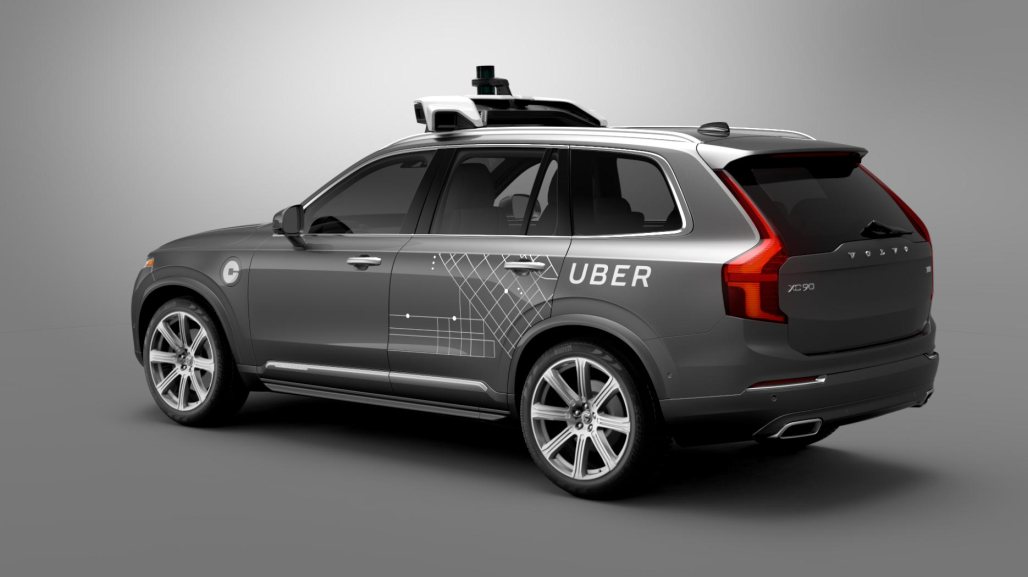The landscape of transportation is undergoing a seismic shift with the advent of self-driving technology. However, the optimism surrounding this innovation was recently tainted by a serious incident involving Uber’s autonomous fleet in Arizona. In a troubling occurrence, one of Uber’s self-driving Volvo SUVs was reported to have overturned following a collision. This mishap has raised considerable concern about the safety and reliability of self-driving technology—issues that have become crucial as we move into an era dominated by autonomous vehicles.
The Incident: Breaking Down What Happened
On a seemingly ordinary day in Tempe, Arizona, the driverless Uber SUV found itself in a precarious situation after a nearby vehicle failed to yield. Reports confirm that the Uber vehicle was operating in self-driving mode, leading to a collision that resulted in it flipping onto its side, damaging at least two other cars in the vicinity. Thankfully, no severe injuries were reported, but the event sends an alarming message regarding the limitations and vulnerabilities of autonomous systems.
Examining the Aftermath of the Collision
Uber’s response to the crash has highlighted some essential aspects about the current state of its testing protocols for self-driving cars:
- Immediate Impact: In the wake of the crash, Uber grounded its fleet of autonomous vehicles in Arizona, initiating an investigation into the incident.
- Human Factors: Despite being in self-driving mode, the human driver in the Uber SUV was reportedly unable to regain control in time, which raises questions about the reliability of the technology during critical moments.
- Regulatory Response: Governor Doug Ducey, who previously welcomed Uber with open arms, has remained silent about this latest incident, leading to speculation about how regulatory attitudes might shift as incidents accumulate.
Comparative Analysis: Uber vs. Competitors
When it comes to the realm of self-driving technology, Uber is not alone. Competitors like Waymo have been testing autonomous vehicles for years with a different approach to safety. Waymo’s vehicles have mostly experienced minor incidents, often limited to low-speed rear-end collisions, showcasing a stark contrast to Uber’s high-speed crash. The varying incident types reinforce that the learning curve for autonomous vehicles can differ significantly among companies.
Previous Concerns and Future Considerations
The Uber incident is not the first challenge the company has faced in autonomous testing. A previous event in California saw one of Uber’s self-driving cars running a red light. While Uber attributed that error to human oversight, accusations of fault in its self-driving technology linger, especially considering reports indicating inconsistencies in its performance improvements. This history begs the question: how prepared is Uber to address the complexities of driving in diverse environments?
Conclusion: Navigating Uncertain Terrain
As self-driving technology continues to evolve, the incidents surrounding Uber serve as a significant reminder of the hurdles that still lie ahead. This particular crash highlights not only the potential pitfalls of autonomous vehicle technology but also the societal and regulatory challenges that accompany its implementation. The balance between innovative mobility solutions and public safety continues to ride a fine line, demanding rigorous testing protocols and continual reassessment from tech companies. At **[fxis.ai](https://fxis.ai)**, we believe that such advancements are crucial for the future of AI, as they enable more comprehensive and effective solutions. Our team is continually exploring new methodologies to push the envelope in artificial intelligence, ensuring that our clients benefit from the latest technological innovations.
For more insights, updates, or to collaborate on AI development projects, stay connected with **[fxis.ai](https://fxis.ai)**.

